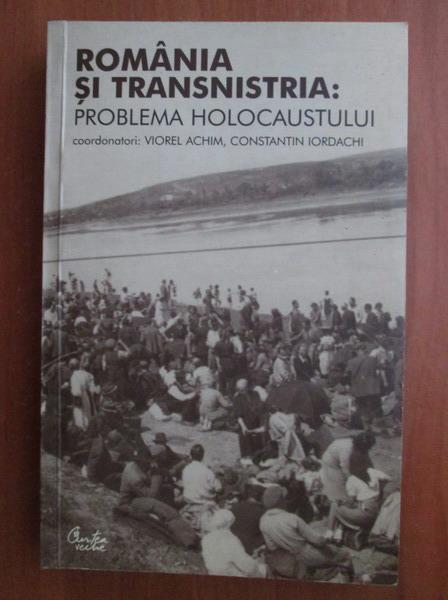
For those used to reading Kogalniceanu's 1837 work endlessly recycled or Panaitescu's 1941 study (in an ancestor of this journal) re-appearing in various guises, Achim offers a pleasant surprise. Certainly the eleven page 'outline' of the treatment of Roma under the communist period cries out for a fuller, archival and conceptual treatment, but so does the all too brief chapter on Antonescu's policy and deportations.Īlthough the chapter on the origins and development of Romany slavery in Romania reflects published material, rather than new archival results, these forty pages represent a huge advance on anything published earlier and until someone conducts original archival research, remain the clearest and most coherent summary of the available evidence. Dr Achim is a medievalist by training and unsurprisingly the text reflects his expertise: the chapters up to the end of the nineteenth century are the most convincing and some will feel there is a decline in interpretative quality from then on. The most interesting and original chapters, for a specialist readership, are those dealing with the Middle Ages (Slavery) Emancipation Inter-war Romania and the moves towards an anti-Gypsy policy in 1930s Romania. Though the Roma still await their Le Goff or Ladurie to really bring the specificity of Romany lives in the past to life, for the specialists in the field there is more than enough to admire and for which to be very grateful to Dr Achim. As a trained historian, he presents this material not just as a chronology but within some sort of social context.


Other admirable features emerge in the course of working through this history.Īchim brings together, albeit in preliminary form, much of what can be known about the treatment of tiganii ('Gypsies') in Romania from the first appearance in documents of people described by this term at the end of the fourteenth century right up to the present day. It is instead an account of how those placed within the category tigani have been treated within Romanian society. The title itself displays a care with precise positioning: this is a history not of the Roma as they saw themselves, nor of how the past has shaped their present social adaptations. Some of the merits of this work are immediately obvious.


It is also by a long stretch, the best and most important and sets a new standard for the production of historical monographs on Romany populations more generally. Gypsies in the History of Romania is without doubt the most comprehensive text to have been written on the history of Roma in Romania.


 0 kommentar(er)
0 kommentar(er)
